Arnsberg: Forest Treasure and Small Berlin
Lying in the valley of the Ruhr River, Arnsberg is known as Pearl of the Sauerland - the region that is part of the North Rhine-Westphalia. It is almost completely surrounded by a forest, one of the biggest in Germany. The peculiarity of Arnsberg is that, while remaining within the city, here you can move from one reality to another -from the cozy old quarter to an idyllic rural landscape with monasteries and castles or to the modern shopping street with boutiques and famous brands shopping outlets.
Cafes, bars and restaurants in Arnsberg
See all
Restaurants

Spindeldreher
Restaurant • Inn • Biergarten
+49 2931 9379855
Payment methods:
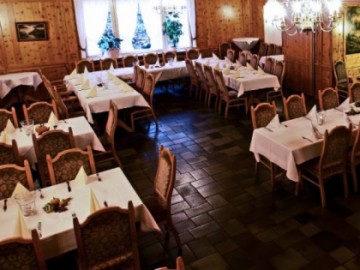
Waldschlosschen
Restaurant • Banquet room • Hotel • Catering
+49 2932 22803
Payment methods:

Zum Landsberger Hof
Restaurant • Hotel
Payment methods:
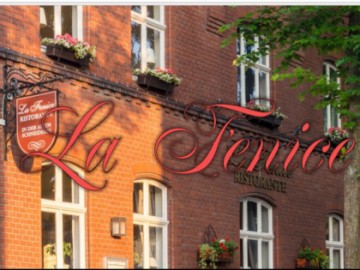
La Fenice
Restaurant
+49 2932 893184
Payment methods:
All sights in ArnsbergSee all
Landmarks in the city Arnsberg
Nearby
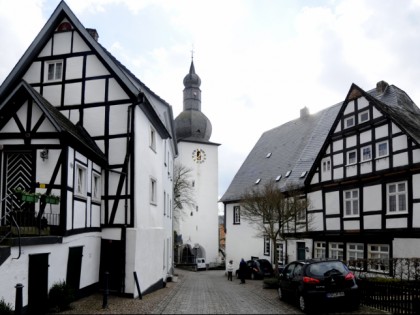
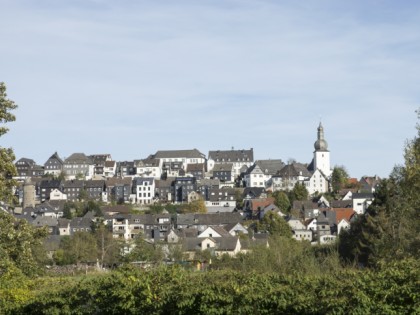
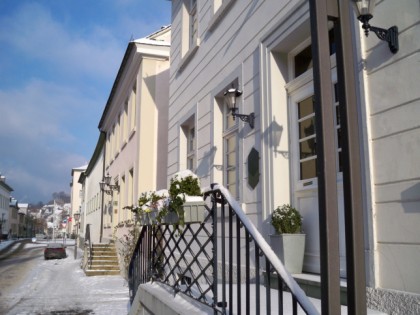
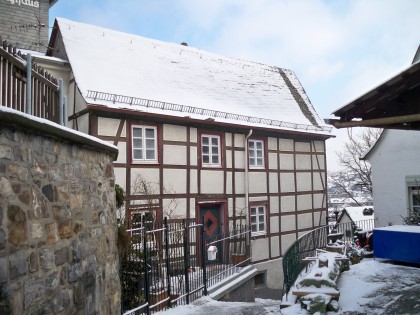
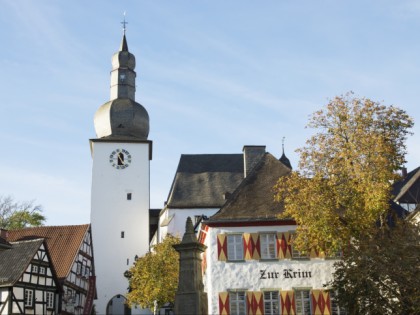
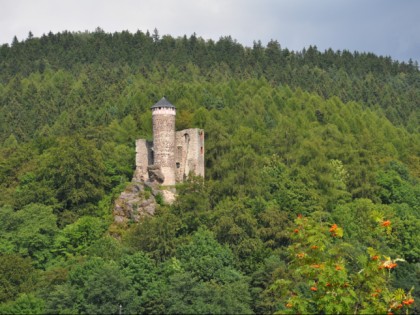
 Castles, Fortresses and Palaces
Castles, Fortresses and Palaces
 Parks and recreation
Parks and recreation
 Architectural Monuments
Architectural Monuments



